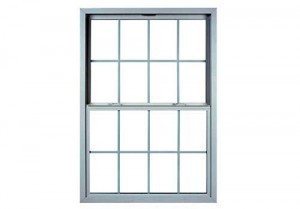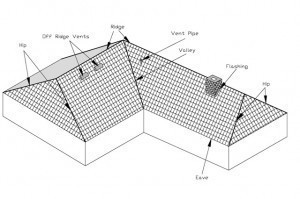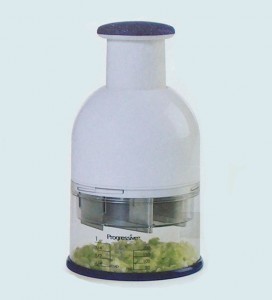Window Dimensions
Window Dimensions matter, whether you’re buying or making one, knowledge of the common window sizes will be useful. With basic comprehension of the common window dimensions, you’ll have an easier time determining which ones are suitable for your design.
of the common window dimensions, you’ll have an easier time determining which ones are suitable for your design.
Common Window Frame Dimensions
It needs to be said right away that manufacturers are now producing windows in assorted shapes and sizes. The materials used also vary. However the following measurements may serve as a rough guide. The first thing you must know is that the measurements go up in 150 mm increments. This is equal to two brick mortars with mortar between them.
The width is measured differently. The window size used to be made solely for bricks 215mm long (8 ½ in). However some are now available in 300mm (1 foot) sizes.
The most common heights are 17 and ½ in, 24 in and 29 and ½ in. Other common window heights are 35 ½ in, 41 ½ in, 47 ¼ in, 53 in and 59 in. The most common window widths are 19 and ¼ in, 24 ½ in and 36 in. They are also widely available in 47 in and 69 ¾ in.
If you want to make the window yourself, you can use these measurements as a guide. But you can also make variations to the window size if it’s needed.
Note: making your own windows requires some carpentry experience. Hire a carpenter or buy a prefabricated frame if you’re not sure how to make it.
Window Types
Windows are usually classified by how they open up. Some manufacturers have been combining the window types. It’s no longer odd for a frame to have numerous window types. That is, a window pane can be adjacent to the casement sash.
Fixed windows as their name suggests, are not opened. Their purpose is to light the room and keep the rain / heat out. Usually they’re rectangular and made of glass. You can also find some with arc designs.
Hinged windows are mounted onto butt hinges. Unlike a sliding window, the hinged window can be opened almost fully. The casement windows are hinged at the side. When looking at the different window sizes, you’ll also come across the casement types. These have hinges on the side as well. Awning and hopper windows are hinged at the top and bottom respectively.
Window Dimensions – Other Window Types
Tilt and turn are similar to the hopper windows. However they can be opened in a manner similar to casement windows. The sliding windows have sliders that move from right to left. The vertical windows are similar except the sashes move in a vertical manner.
Pivoting windows can be moved in an almost complete circle. There are many types of pivoting windows, one of which is the louvered window. These window types are excellent at giving ventilation.
As you can tell, it is not enough to just be aware of the window size. It is also crucial you know the various window types as well. Knowledge of these facts as well as Window Dimensions will make it easier to find the appropriate one.





